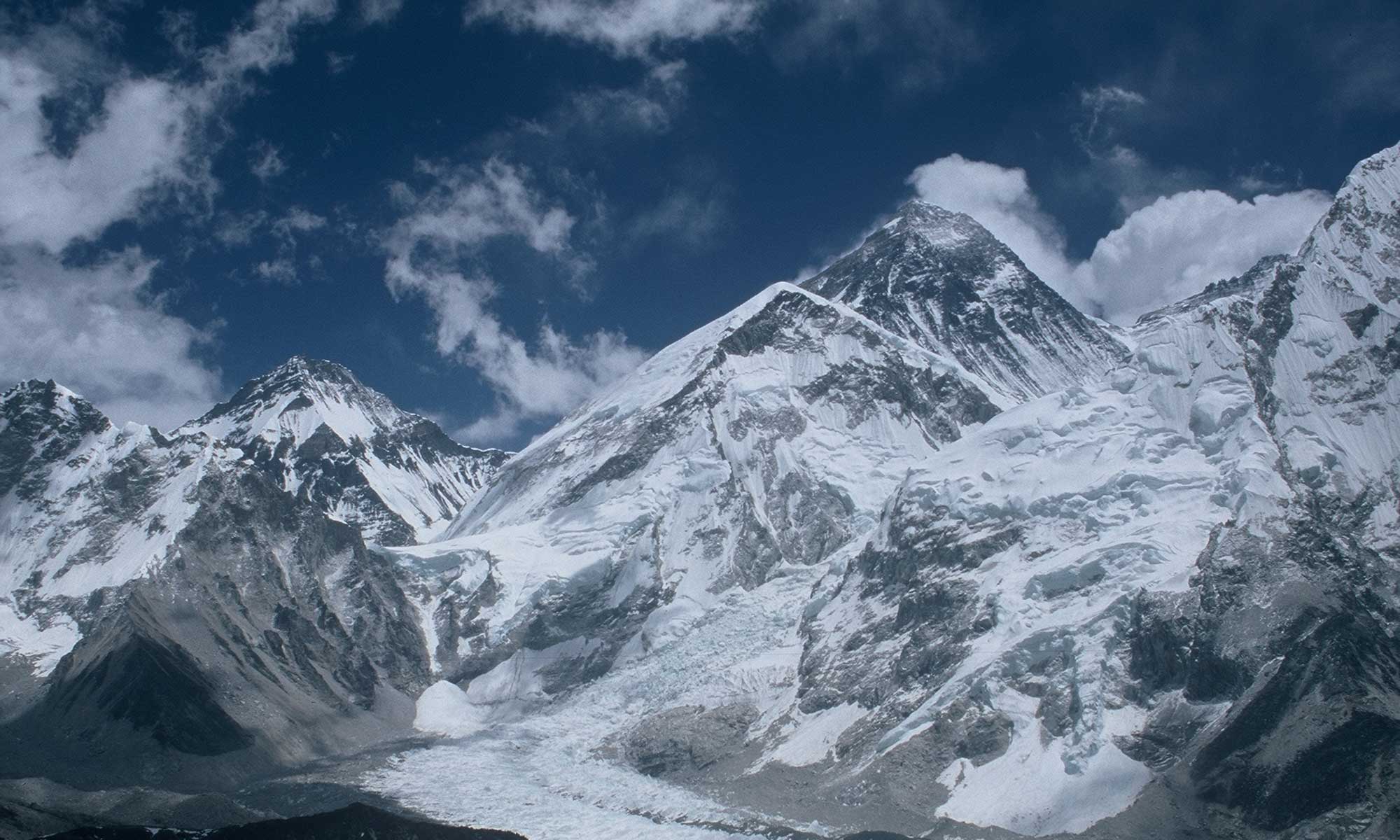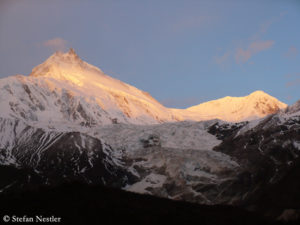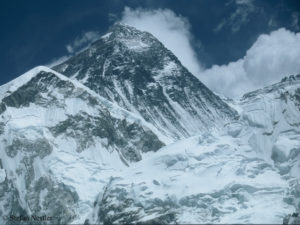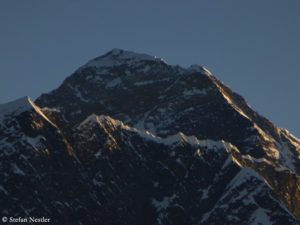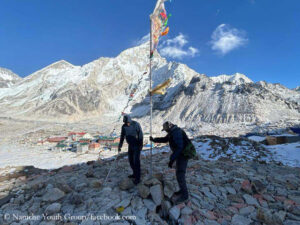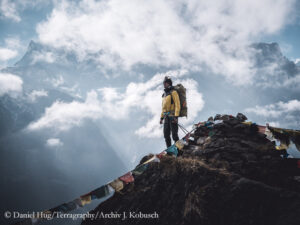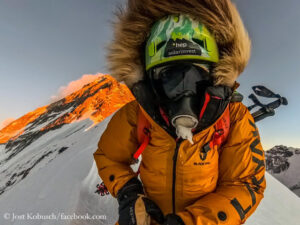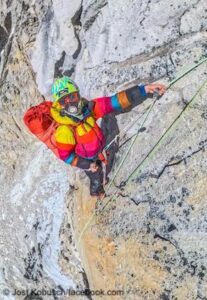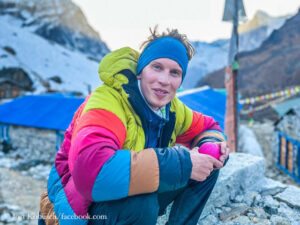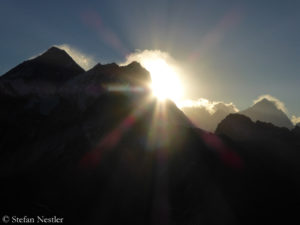
The news comes as no surprise. A year and a half ago, the Nepalese government announced that it would be raising the price of a permit to climb Mount Everest by a good 36 percent from 2025: from 11,000 to 15,000 US dollars per climber from abroad. It is now official.
However, the new prices will not yet apply for the upcoming spring season on Mount Everest, but only from 1 September. The permit price for an Everest ascent in the fall will then rise from the previous 5,500 to 7,500 dollars per person, and in winter and during the monsoon season (June to August) from the previous 2,750 to 3,750 dollars, both of which also represent an increase of a good 36 percent.
Continue reading “Nepal tightens price screw for Mount Everest – from fall 2025”